
If you have not spent a lot time birding there might be a few family groups with which you might not be familiar.
Here are six that we have selected based on their range or behaviors.
6. Goat Suckers
Goat suckers are in the family Caprimulgidae. Many species in this group were once thought to suck the milk from goats, but that is not the case. They do have wide mouths and typically hunt for insects at dusk or at night.
The most widespread (in the U.S.) of this group of birds is the Common Nighthawk, often seen flying above lights at ball fields or mall parking lots. The group includes the Whip-poor-will and the small Common Poorwill, the only bird known to go into true hibernation.
They are also often referred to as nightjars.
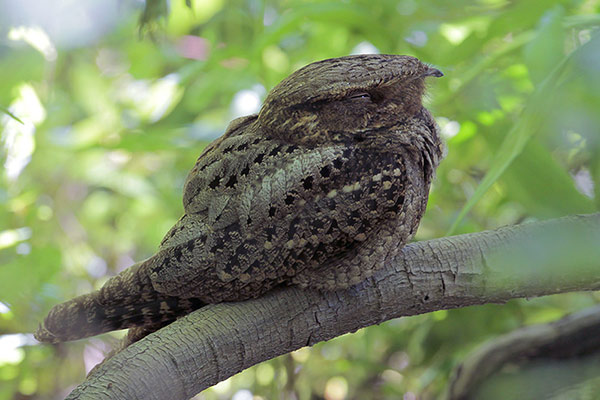
Chuck-wills-widow. Photograph © Greg Lavaty.
5. Eiders
Eiders are a small group of ducks typically found in the far north. They are know for the often-strange plumages of the males, in contrast to the mottled brown plumage of most of the females.
Spectacled Eider and Steller’s Eider nest in coastal Alaska and winter off the coast of Alaska. They are not too common in Canada or other parts of the United States.
Common Eider and King Eiders can be seen along the north-eastern coast line of the United States, as well as coastal Alaska.
Common Eiders, for example, are known for their soft-down feathers (which are harvested for commercial use in some regions).
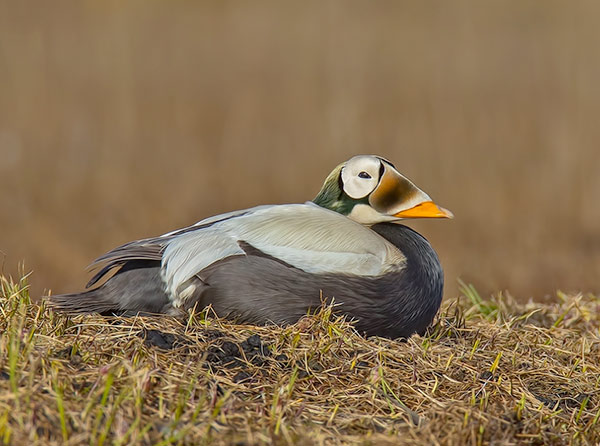
Male Spectacled Eider. Photograph © Alan Wilson.
4. Limpkin
The Limpkin is only found in Florida and in the U.S. it is the only member of its family group. It somewhat resembles an egret or ibis but is more closely related to our next very secretive group, the rails.
Interestingly Limpkins got their name from the awkwardness of its walk when it is disturbed, which people interpreted as a limp.
Limpkins are pretty similar to other foragers, their plumage is similar to American Bitterns, but look similar to herons and even Sandhill Cranes.

Limpkin. Photograph © Sam Crowe.
3. Rails
Rails are secretive birds usually found in marshes. Often best identified by call.
The rail family is incredibly wide and includes moorhens and gallinules, among others. There are different species, but the American Coot, for example, is the size of a chicken. The rails live in different habitats – our most common species are associated with wetlands, but there are species that inhabit shorelines.
Interestingly, most rails are not strong fliers. Their wings are not made for longer flights, so they might get blown off their course and end up as vagrants in unusual places.
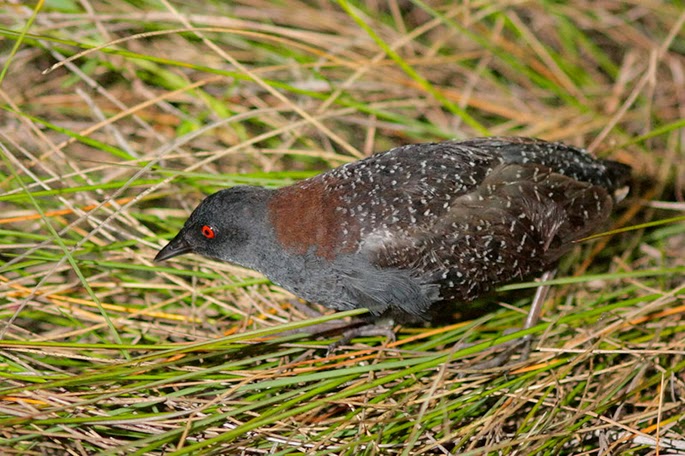
Black Rail. Photograph © Greg Lavaty.
2. Storks
Storks are large, somewhat crane-like birds. In the U.S. the Wood Stork is the only regularly occurring stork. It is found in Florida, limited areas of South Carolina, and along the Gulf coast states in late summer.
The Wood Stork is an interesting-looking bird with its black and white plumage and naked blackish head and long bill. They are somewhat creepy-looking, but their long bills help them forage in wetlands.
They used to be known as Wood Ibises, but they are part of the stork family.
Fun fact: The bill-snapping reflex of Wood Storks is remarkably swift, ranking among the fastest reflexes observed, with a remarkable speed of approximately 25 milliseconds.
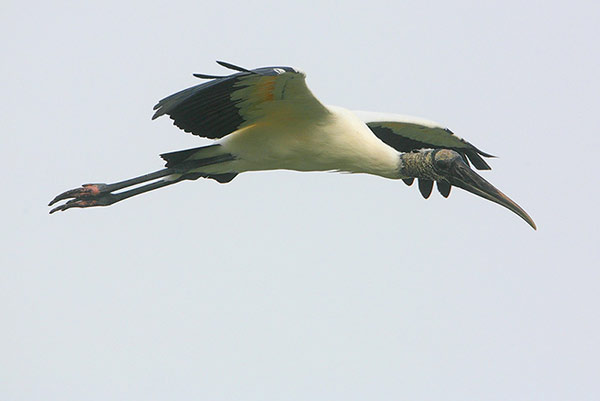
Wood Stork. Photograph © Greg Lavaty
1. Shrikes
There are two shrike species found in the U.S. They resemble the mockingbird in both size and plumage pattern. Their behavior is like a small hawk or falcon. They have a hooked beak and will take large insects and even other small birds.
They are sometimes known as the butcher bird for their habit of hanging their prey on a thorn or barbed-wire fence.
Northern Shrikes and Loggerhead Shrikes look similar, and are both found in North America.
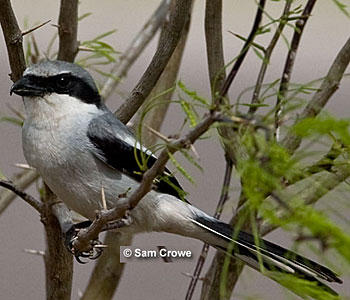
Loggerhead Shrike. Photograph © Greg Lavaty.

